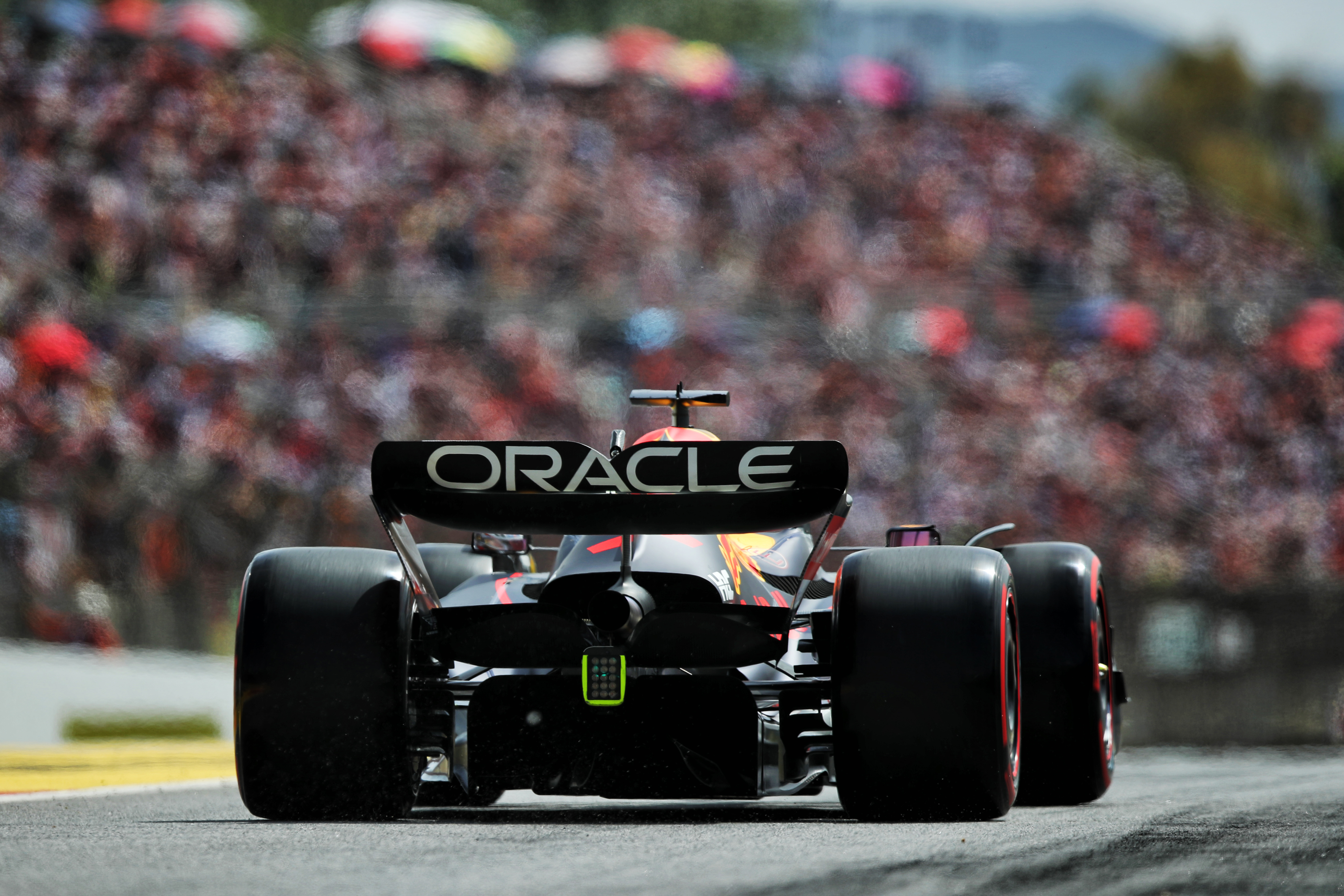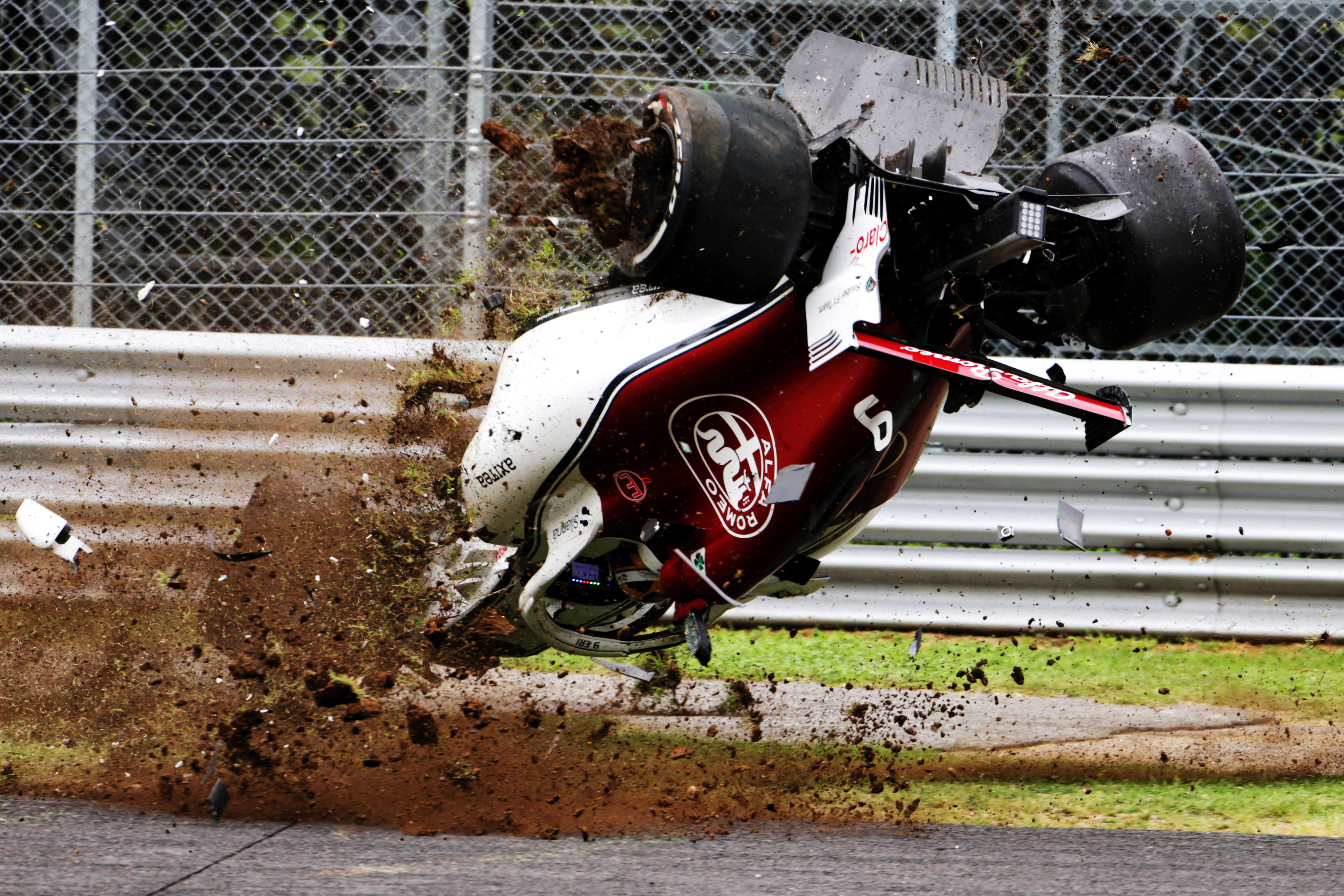Up Next

Red Bull once again hit DRS trouble during the Spanish Grand Prix weekend, with Max Verstappen suffering problems with it during both qualifying and the race.
In Barcelona, the first indication that something was awry came when the DRS did not open on the pit straight at the start of the flying lap on his second Q3 run. Initially, Verstappen thought he had lost power, so that shows you how powerful the DRS is.
As that was the end of running on Saturday before heading out to the grid for the race start on Sunday, it put Red Bull in a difficult position. Was it just one of those things, or was it a real design problem?
Although under parc ferme conditions, teams are permitted to make changes provided they can show there is a legitimate reason to do so, Red Bull changed the DRS flap pivot pins and the DRS actuator ahead of the race, so the Sunday problems were with a replacement system.
Sergio Perez, running what I assume is the same DRS actuator and rear wing didn’t have any problems, but before the race, we saw the Red Bull mechanics beefing up the wing-flap top surface in the area where the DRS actuator fastens to the flap.
It was a fairly big patch of carbon but I don’t think this had anything to do with the opening problem. Red Bull might just have found another structural problem, as it had in Zandvoort last year.

So how does the DRS work and what are the loads on it?
You could use hydraulics or an electrical solenoid to generate the force to open the flap. I’m not certain which Red Bull uses, but I would use a solenoid for the simple reason that it’s a lot less aggro than getting hydraulic lines all the way from the hydraulic manifold to that area of the rear wing. Also, you won’t have problems with hydraulic seals and I’m confident it would also work out lighter.
The overall wing generates downforce, and with that drag, at something like a ratio of 3:1. The flap is part of the system that makes up that load so there is a force on the flap itself both from high pressure on the top surface and low pressure on the undersurface trying to keep it shut.
To open the DRS, the actuator has to overcome that load. To close it, the actuator can also be used, or, as long as there is still a positive aerodynamic load on the flap, it will actually shut itself once you remove the actuator force that is keeping it open.
If you are using the actuator to open the flap and the aerodynamic load to close it you can encounter other problems. In the past, we have seen flaps fluttering when open. A few years ago in Monza, we saw Marcus Ericsson’s rear flap not close, with a disastrous outcome (pictured below). These problems are caused when the flap goes past or sits on its aerodynamic centre.

Basically, if it sits on its aerodynamic centre, the aerodynamic forces with a little bit of turbulence from another car or indeed your own car very quickly go from positive to negative and creates that flutter. If it is allowed to go past its aerodynamic centre, then removing the actuator force that keeps it open will do nothing and the negative aerodynamic load will actually keep the DRS open.
The flap system, therefore, needs a firm stop at both ends of the travel. The slot gap snubbers, as they are called, work when the flap is closed and then needs a stop in the actuator to keep it from opening too far.
There is a minimum and maximum slot gap in the regulations. If you have both of these, then it’s a simple click and clunk system. When open, you need to keep some aerodynamic load on the flap to shut it, or if you use the actuator to close it then this load will also help to shut it quickly.
Speaking after the race, Red Bull team principal Christian Horner suggested the problem might originate in having been too aggressive with making this part lighter.
“Obviously, it needs further analysis and we are chasing every ounce of performance and weight is a factor as well,” said Horner when asked by The Race about the problem.
“Maybe we have been too ambitious there, but I think that we need to understand exactly what the issue is. We thought we had a fix but unfortunately, it didn’t prove to be a reliable fix for the whole of the race.”

To further confuse things, it seemed to work consistently in the other DRS zone on the run from Turn 9 to 10 and intermittently on the pit straight.
That might just be a clue as to the origin of the problems. Was the car speed different at these two activation points? If so, the aerodynamic load on the flap will be different and that could help with the force required for the actuator.
Every circuit will be different as far as car speed when the DRS is opened, so that is why you can very easily be borderline. I’m pretty sure Red Bull was running a higher downforce rear wing in Barcelona than it used previously this season – assuming the actuator was the same then it’s perhaps no surprise they had a problem.
To surmise from what Christian said and what I saw, I would say Red Bull probably has two problems: it has a very light rear flap – that might only mean it’s a few grams too light creating potential structural problems – and the force the actuator can generate to overcome the aerodynamic load on the flap is either not quite enough or it needs a little more just to give that extra safety margin.







